Here's the deal:
There is no such thing as the best CPU, only the best CPU for you.
That's why it's incredibly important to know exactly what you want to do with your PC before you buy. It'll help you tremendously when it comes time to pick your components.
In this article, we're going to talk about the CPU (Central Processing Unit) in particular, as it's imperative that you select the proper brain for your computer.
Without further adieu, let's talk about how to pick a CPU for your PC:
While I can write a thesis on this, going into every detail and nuance, truth be told—you don't need it.
You don't need to immerse yourself in every CPU buying guide only to go down the rabbit hole of how a computer works, freezing, and giving up the dream of building your own PC.
So, let's keep things simple for once.
Here are some of the important elements you should consider while buying a CPU:
That's really it for you to begin the journey.
Don't waste your money on the best CPU around if you don't need it. But also don't skimp on your CPU only to regret it later.
The best CPU for the GTX 1080 Ti isn't necessarily going to be the best CPU for the GTX 1070 or the 1060 - remember that.
It's important to get the best bang for your buck, and that means nailing down what YOU want to accomplish because let's face it—the best CPU for me isn't necessarily the best for you, right?
In the next section, let's dig into that!
Let's start by discussing some common uses. I'll walk you through 4 use cases along with my recommendations for what sort of processor you should aim for.

If you're building your PC for home use and won't be doing any intensive tasks (no, checking Facebook ten times a day isn't intensive) you can get away with a cheap CPU in the Ryzen 3 or Intel i3 family.
In fact, you may even be able to get away with an even cheaper CPU like the Intel Pentium G4560. But to be completely honest with you, the R3 and i3 families are such a good deal, there's no reason to get anything less in my opinion.

If you're using your processor for gaming, chances are it won't need to be insanely powerful or expensive, and shouldn't eat up a significant portion of your budget. That's because most well-optimized PC games primarily utilize the power of your graphics card, which is responsible for 3D rendering and gaming-related tasks.
As long as your CPU is a good pair for your graphics card, you won't have an issue running most games. But if your CPU bottlenecks your graphics card, you're going to run into some problems.
For example, you wouldn't want to pair a Pentium CPU with a new RTX 2060.
That's why it's important to use the right CPU/GPU combo depending on the types of games you want to play and how demanding the games will be.
However, not all games rely primarily on the GPU - some may use more of the GPU than you may think.
For example, games like ARMA III are far more CPU intensive than better-optimized games like Fortnite, which have better PC development teams and primarily harness the CPU.
Still, generally speaking, the CPU is less important than the GPU for gaming. If gaming is all you want to do, there's no need to shell out $300 for a top-of-the-line CPU like the Intel Core i9-9900K.
For most gaming builds, a mid-range i5 or better yet, Ryzen 5 is a terrific choice.
Additionally, understanding the role of RAM is crucial for gaming performance. Learn more about choosing between more RAM or faster RAM for gaming here.

This is where things get a bit more complicated. If you're building a dedicated streaming PC, there's no need to get an insanely powerful CPU.
Assuming you have a dedicated gaming PC and another PC dedicated entirely to streaming, an i3 or Ryzen 3 CPU will get the job done just fine. If you really want to play it safe, upgrading to an i5 or Ryzen 5 is a good idea.
On the other hand, if you're going to be streaming from the same PC you're using to game, a significantly more powerful CPU is necessary.
This is because you have to encode your stream (compressing large video files for easier uploading to the internet). Unlike gaming, encoding places a heavy burden on the CPU.
If gaming puts your CPU under moderate load, gaming and streaming will probably max it out, causing a dreaded CPU bottleneck. It'll have a negative impact on your gaming experience, not to mention the quality of your stream.
That's why I recommend using a dedicated streaming PC in addition to your gaming PC if you're serious about streaming (don't worry, it's nowhere near as expensive as a gaming or workstation build.)
However, if you are going to use the same CPU for gaming and streaming, go for a powerful CPU like the Ryzen 7 3700X or the Intel Core i7 9700K. Those top-shelf CPUs will give you the best gaming and streaming experience.
What's the bottom line here?
Streaming uses far more CPU power than gaming alone, so you'll need a beefier CPU if you're going to be using the same PC for both gaming and streaming.
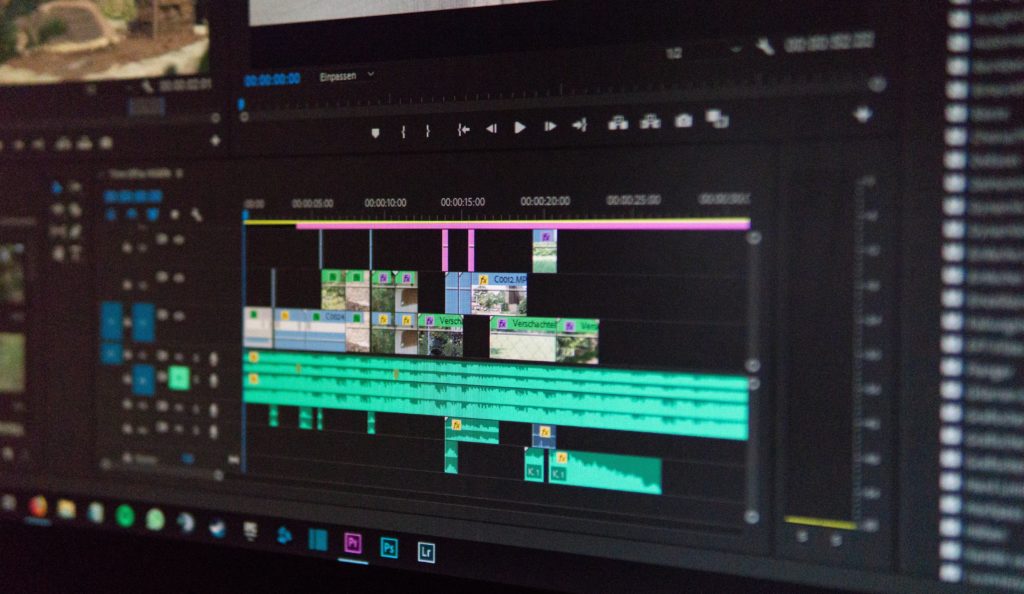
Editing videos and even photos is one of the most CPU-intensive tasks you'll perform with your PC. That being said, if you plan on doing anything beyond beginner edits, the importance of using the right processor cannot be overstated.
When it comes to editing, a CPU with not just a fast clock speed but also several cores and threads is necessary. That's why Ryzen CPUs excel in the realm of video editing. They're known for their powerful cores and threads and exceed in both single and multi-threaded performance.
Using a six-core Ryzen 5 1600 AF is going to be a good CPU for editing. It's a bit older, but the AF version boasts practically the same performance as the second generation Ryzen 5 2600 for a significantly lower price.
It has six cores and 12 threads and will handle 1080p and 1440p editing with ease. If you want to step it up a notch, the Ryzen 5 3600 is a terrific choice. Lastly, if you're a professional editor and want a heavy-duty CPU for intense 4K, 60FPS editing, you can't go wrong with a top-shelf option like the Ryzen 7 3800X or the Intel Core i7 9700K.
These CPUs are workstation beasts that handle almost anything you throw at them, including 1080p games.
I know my use case but still don't know what CPU should I get.
If you're stuck in this scenario, fret not. This section will help you choose the right processor by knowing a little more about its exact specs and functions.

Your CPU is tasked with computing a ton of stuff at unbelievable speeds, and it recruits the use of different cores to do that.
For example, if a single-core processor had to compute 5 x 4 x 3 x 2, here's how it would handle the problem:
Conversely, a multi-core CPU would compute several calculations at once. One core would compute 5 x 4 while the other computes 3 x 2, getting the answers at the same time and multiplying them together at the end, effectively saving time.
That's why multi-core processors are generally better at handling intensive tasks like video editing, which have a lot of different processes going on at once.
However, most video games don't fully utilize a ton of CPU cores - in fact, anything more than four cores (maybe six, but that's a stretch) won't be used by most modern PC games. Having more than four cores isn't a bad thing though, especially if you plan on doing literally anything else besides gaming with your PC.
The more cores your processor has, the more tasks it can handle at the same time, thus making it more powerful and effective.
If you plan on gaming and doing any workstation tasks, Intel i5 and Ryzen 5 CPUs with six cores are a great place to start.
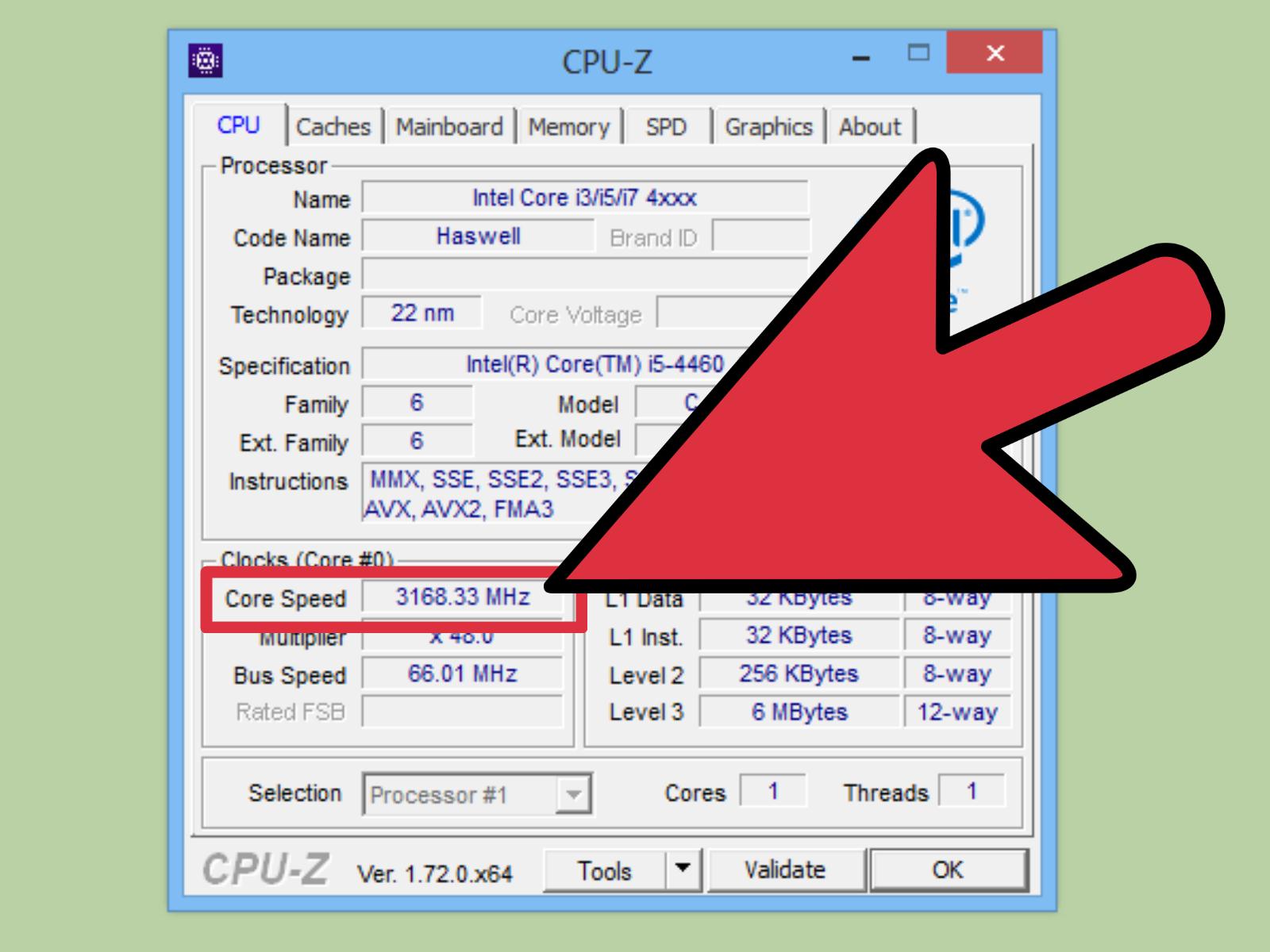
Most manufacturers like to tout their CPUs clock speeds, not to mention the thriving community of insane overclockers that push their rigs to the max just to squeeze every last drop of performance out of their chips.
That said, it's safe to say if you've only heard of one of the CPU specs we're talking about now, it's CPU clock speed.
Speed in MHz or GHz measures how many clock cycles a CPU goes through each second, and a clock cycle is when an electrical pulse hits your CPU, allowing it to execute instructions and keep your CPU in sync with the rest of your computer.
The higher your clock speed, the more cycles it can handle at a time.
But I'd warn against using clock speed as your primary buying factor.
Don't compare the power of two different CPUs unless they're both of the same microarchitecture and have the same number of cores.

It seems like a higher clock speed is always better (and usually it is) but it's not the end-all-be-all specification you should care about, as a higher clock speed doesn't necessarily mean a faster CPU. There are a bunch of other factors to consider that determine the speed of your CPU.
It's important to determine how much data is actually being processed during each cycle - modern processors can process several different things simultaneously via a process called pipelining.
Much like a factory divides assembly into different stages, CPUs can split data into different sections and process them accordingly. It makes production (and in this case computing) significantly faster.
CPU pipelining is far more complex than a factory assembly line, but exactly how the CPU manages different tasks at once is heavily dependent on the chip's microarchitecture.
Because the number of instructions per clock cycle and the pipelining efficiency can vary tremendously between brands and models, clock speed can be quite deceiving.

High-end CPUs need to do a better job of predicting what kind of processes are coming next without interrupting the function of other components on your computer. This is known as branch prediction, and CPUs with better branch prediction will have superior performance, and you won't be able to tell purely based on the CPU's clock speed.
What about CPU-intensive tasks that require a boatload of data processing like video editing or encoding? Having more cores to spread the workload will usually render better performance than higher clock speeds alone.
As you can see, there are a plethora of other factors that contribute to your processor's performance besides clock speed which you need to take into account.
Now, clock speed shouldn't be ignored completely, it's still a solid number to take into consideration. But it's really only a good metric to compare against another CPU if they're both of the same microarchitecture and number of cores.
The point is just that it shouldn't be a tremendous factor in your buying decision.
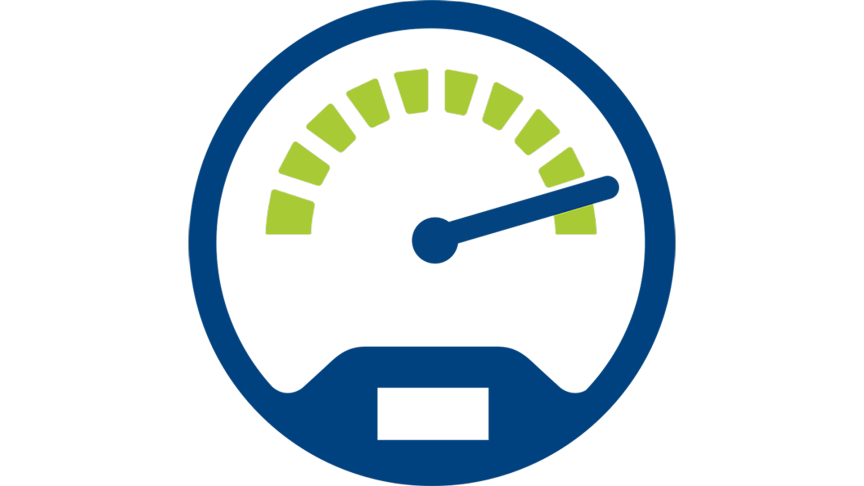
It's kind of like your processor kicking itself into hyperdrive when it needs a bit of extra processing power.
Let's say your CPU has a core clock of 3.5 GHz and a boost clock of 4.2 GHz. The base clock is its normal operating frequency, but if you start rendering a video while editing in Photoshop, your CPU will need to kick it up a notch and will start running at 4.2 GHz on its own, drawing more power in the process.
Unlike overclocking which we'll touch on below, you don't need to do anything to increase the core clock of your CPU to its boost clock.
When I'm considering a new CPU, I'll look at its boost clock to determine the CPU's maximum "out of the box" performance.
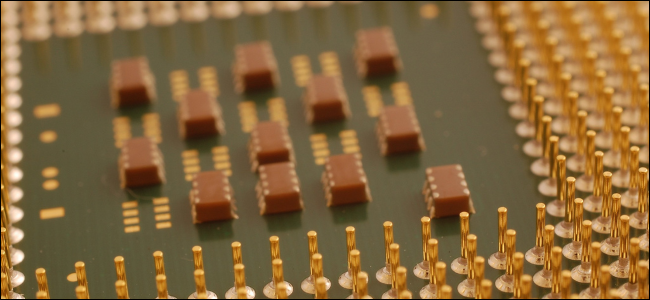
Your CPU's cache is a specialized type of memory that's built directly into your CPU. Its vital to the speed we've all grown accustomed to from modern computing.
Most people think of hard drives, SSDs, and even RAM when they hear "system memory". But your CPU cache is the form of memory that's often overlooked and is crucial to your system's performance.
But why does your CPU need its own memory when you have RAM?
Well, your RAM is leaps and bounds faster than, say, your hard drive. But your CPU wants data even faster than your RAM can even provide it.
Furthermore, as CPUs continue to increase in power at an incredible speed (Moore's Law) they're outpacing RAM modules by wider margins. Without faster memory, your CPU will be sitting around doing nothing as it waits for RAM.
Enter your CPU cache. Unlike system memory which uses dynamic RAM (DRAM) your system cache uses static RAM (SRAM). It's more expensive and takes up more space but it is significantly faster than DRAM because it doesn't need to be constantly refreshed to hold data.
The average CPU will have a few MB of cache available but it makes a tremendous use out of it.
When a CPU accesses something from the main system RAM, it generally stores it in its cache, then uses advanced algorithms to guess the next set of instructions it'll need next, and will fetch that data from the RAM as well.
Basically, your CPU will ask the RAM for any data it thinks it will need and store all of the data in its cache for immediate use.
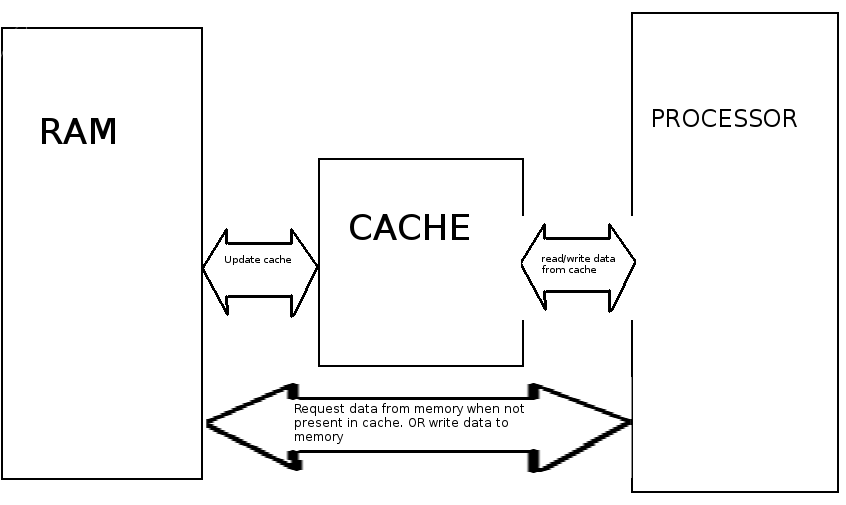
Since these guesses aren't perfect, sometimes the CPU will have a "cache miss" where it tries to find the data it needs in its cache but can't and instead requests the data directly from the RAM, which slows things down.
More cache is better and you'll typically find higher-end processors with a larger cache.
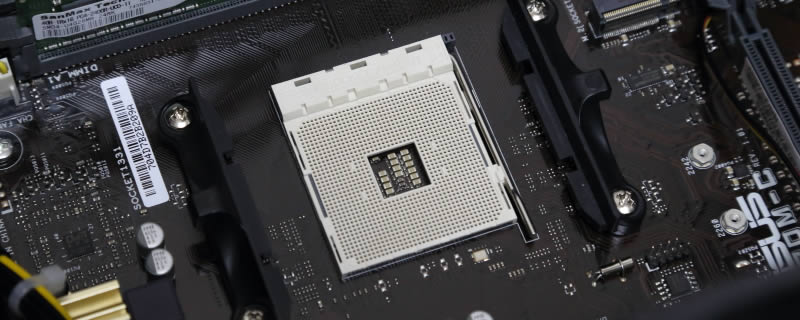
Unlike many PCI Express sockets which can cater to a bunch of different components, nearly every new family of CPUs has its own socket.
Intel and AMD sockets are definitely the most noticeably different.
Intel uses a mounting system called "Land Grid Array" (better known as LGA). All this means is the CPU itself has tiny electric contact pads, while the pins themselves are in the socket on the motherboard.
When you're buying an Intel CPU, you'll probably notice a lot of them are called "LGA 1151" or "LGA 2011". The number corresponds to the number of pins on the bottom of the socket and pads on the bottom of the CPU.
Why do CPUs need thousands of little pins? Power delivery!
CPUs can consume a lot of power and dividing the power draw between many different pins helps to stabilize power delivery.
On the other hand, AMD CPUs use something called a Pin Grid Array (PGA). Unlike Intel, AMD CPUs themselves have the pins and AMD motherboard sockets have little holes for inserting the pins. AMD also doesn't use the same naming system as Intel. This means you shouldn't correlate the numbers in socket types with the actual number of pins on the chip.
For a detailed comparison between LGA and PGA sockets and to understand which might be the better choice for your build, check out our article.
You'll have to pay a bit more attention to your motherboard's socket type than you do to the electric socket on your wall which is compatible with every plug in your house.
Making sure your CPU fits your motherboard is essential—learn how to check compatibility here.
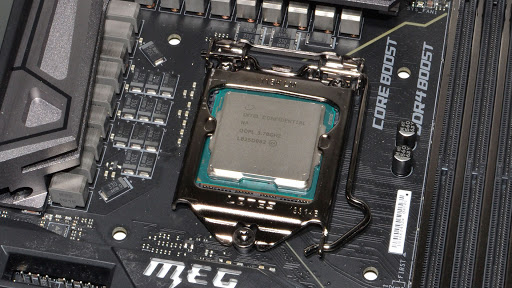
Some CPUs come with integrated graphics, meaning you don't need to buy a dedicated video card to send output to your monitor. Assuming your motherboard supports it, you can plug an HDMI cable directly into your motherboard and see life on your monitor.
Mid-age chips like the Ryzen 3 3200G (APUs) have become incredibly powerful even in light gaming situations. For those of you who plan to use your PC for surfing the web and other tasks that won't tax your graphics processor, using a CPU with integrated graphics is definitely a viable option.
However, if you're planning on doing any 3D rendering (yes, that means gaming) I highly recommend investing in a dedicated GPU.
No matter how good your CPU is, integrated graphics can never compete with the sheer power of a dedicated graphics card, especially when it comes to gaming.
This is the total number of independent processes a CPU can take on at the same time. In theory, this number should be the same as the number of cores the CPU has.
However, many processors have multithreading technology that helps them operate faster. Hyperthreading (Intel) and Simultaneous Multithreading (AMD) are effectively the same thing, but each company has its own name.
Multithreading capabilities help one core create two threads. This effectively doubles the amount of work that a single core can handle at a time. More threads mean better multitasking functionality.
A CPU with four cores and multithreading has four physical cores and four theoretical cores, meaning it (kind of) has eight cores total, not four.
Don't be fooled - physical cores are better than just threads any day.

Thermal Design Power (also known as TDP) is a measure of the amount that a processor will output in a realistic but heavy-use scenario.
But TDP is a bit trickier than that since it's measured in watts. Most CPUs range from 65 watts to 95 watts TDP, but contrary to popular belief, TDP is not a measure of direct power consumption.
Yes, a watt is a unit of measure for electrical power over time, so that can refer to electrical power being consumed, or the thermal power being output (both uses are correct).
Still, it's a loosely thrown-around number, as manufacturers will often assign a single TDP to an entire family of chips, despite some chips being far more powerful (and using more electricity).
In addition, some manufacturers estimate TDP based on an extreme use case scenario, like doing heavy editing for hours on end, while others rate TDP based on what you'll see in the real world.
You may ask: Why should you care about TDP if it's not an actual measure of electrical consumption?
Well, TDP is a great way to decide what kind of cooler you'll need for your CPU because it's a measure of estimated heat output, especially if you plan on overclocking.
Processors need to be kept below their maximum operating temperature, at which point they'll turn themselves off completely, or throttle their performance to protect against overheating.

As you know now, your CPU's core clock frequency is a measure of the number of clock cycles your CPU can handle every second. The more clock cycles, the faster it can execute instructions.
When you "overclock" your CPU (or any other component in your PC for that matter) you're essentially sending more power to increase its operating frequency. The more electrical pulses you send to your CPU each second, the faster your CPU will be.
Overclocking is the best way to squeeze every last drop of performance out of your rig and has become increasingly popular over the years, largely because of how easy it is. For most people, it's a no-brainer.
However, some CPUs are better suited for overclocking than others.
AMD CPUs, for example, are well known for their overclockability, especially their most recent Ryzen lineup. Intel CPUs are also overclockable, but only if they're designated with a "K" at the end of their name.

However, increased performance comes at a cost, particularly with temperatures and the longevity of your chip. More electricity pumping through your CPU means higher temperatures and, if you mess things up, the potential to overheat your CPU and potentially cause damage.
If you do decide to overclock, using an adequate CPU cooler is required, and that usually means going with an aftermarket option. You don't need to go all out on an insanely expensive water cooler.
Instead, a simple aftermarket cooler like the popular Hyper 212 Evo from Cooler Master is a great choice for most beginner builders who want to squeeze some extra performance out of their chips.
On a side note, it's vital to monitor your CPU's temperature regularly. Learn more about maintaining a good CPU idle temperature to keep your overclocked CPU in top condition.
Assuming you're using an aftermarket CPU cooler and have a motherboard BIOS that makes it easy, overclocking is a yes if you want to squeeze every last drop of performance out of your rig.
I also have an awesome guide on overclocking your CPU that walks you through overclocking step-by-step so you don't have to worry about doing something wrong.
Higher clock speeds mean faster responsiveness and better single-threaded tasks (audio editing and other old applications).
On the other hand, most modern tasks use lots of cores and threads at the same time, like high-resolution video editing and gaming. If you're doing professional video editing, go for as many cores as possible.
But for most computer users (gamers included) a CPU with four to eight cores and a clock speed of at least 3.0 GHz should do fine.
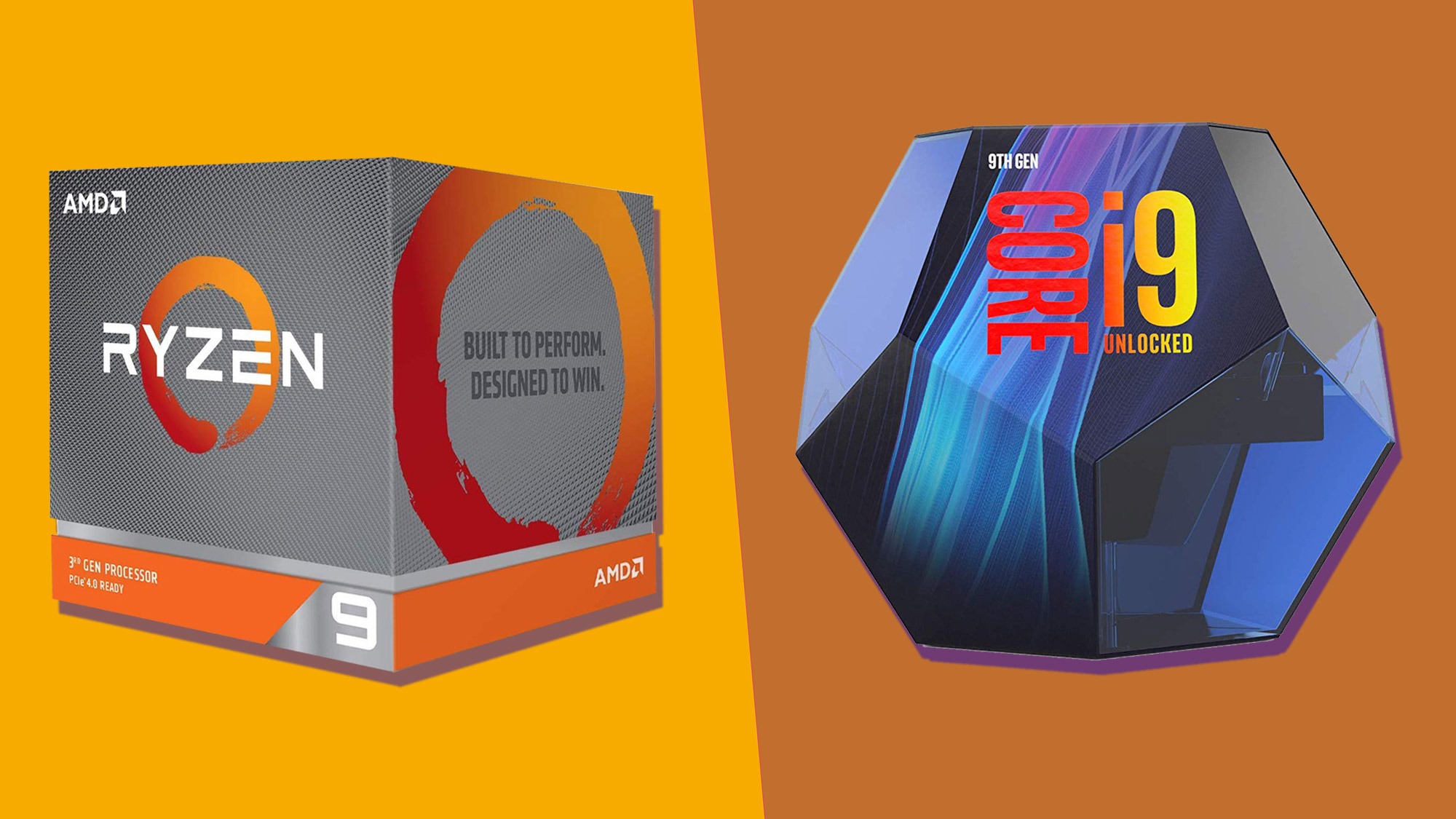
If you're reading this article you're probably new to PC building and haven't joined in on the eternal war between Team Red and Team Blue.
Here's the deal:
Some people will stand by Intel no matter what, and the same with AMD. But the fact of the matter is you shouldn't choose your CPU based on which brand you prefer, but rather which CPU will give you the most bang for your PC gaming buck.
Both Intel and AMD have their strengths and weaknesses. There is no best CPU, there is only the best CPU for you.
Intel is a reliable company that has been known for creating top-tier CPUs for years now. In fact, they were often regarded as the "premium" company that people with higher budgets would turn to for additional performance.
AMD, on the other hand, was known for overpromising and underperforming. Their CPUs usually flopped on performance, including their FX series had high core counts but not much else to offer in terms of performance, and fell short of Intel time after time.
Most would recommend AMD only for those on a tight budget.
But when AMD first came out with their Ryzen line of CPUs back in 2016, they took the market by storm. Not only did they deliver on their promises, they over delivered and knocked Intel on its butt.
For the first time AMD CPUs were not just cheaper than Intel's closest offerings, they also usually outperformed Intel in nearly all tests, including gaming.
That holds true today - if you're thinking about buying a new CPU, I'll almost always recommend a Ryzen chip over an Intel chip as they tend to have the best bang for your PC-building buck.
When purchasing a CPU, the most important specs to consider include clock speed, core count, thread count, cache size, Thermal Design Power (TDP), integrated graphics, and socket compatibility.
Broadly speaking, there are 4 different types of CPUs: Desktop, Mobile, Server, and Laptop. Intel and AMD are common types when you differentiate based on brands.
CPU costs range from $50 to $1000 based on the type, performance, and features.
GPU is more important than CPU for gaming. However, look for good clock speed, multi-core, and hyperthreading support. Check for overclocking capabilities if you intend to play and stream high-end games.